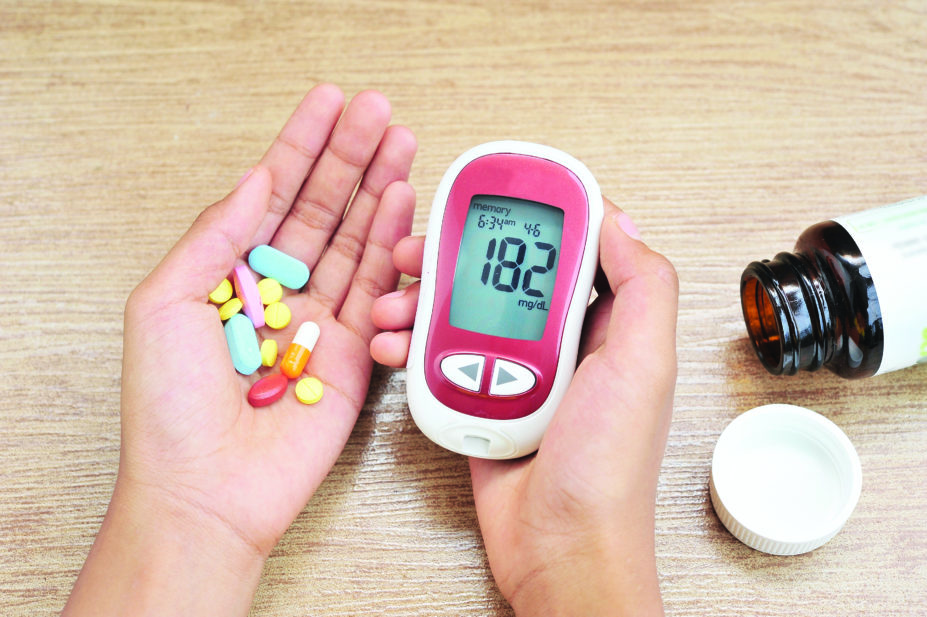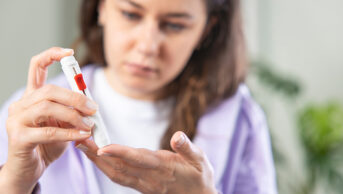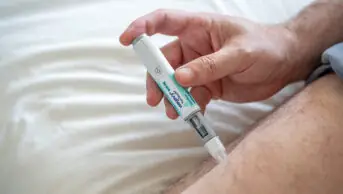
Shutterstock.com
The number of items prescribed each year for the treatment of diabetes in the community in England rose by 80% over the past decade, compared with a 46% rise across all primary care prescribing.
An NHS Digital report published on 1 August 2017 also revealed that the number of prescriptions written for diabetes increased by 40% between 2009–2010 and 2015–2016, while the actual prevalence of diabetes rose by only 22.6% during that time.
The number of items prescribed for diabetes over the past year (52 million in 2016–2017) was a 4.7% increase on the previous year, which compared with a 2% increase in primary care prescribing generally.
In the past financial year, prescription items for diabetes accounted for around £1 for every £9 of the cost of prescription items across primary care. In 2006, the diabetes figure was just under £1 for every £14 spent.
NHS Digital found that in 2016–2017 the cost of prescribed diabetes drugs was £983.7m — 11% of the total of all drugs prescribed in primary care.
Some £349.1m was spent on insulins and £443.7m on antidiabetic drugs. Diagnostic and monitoring devices accounted for £187m and another £4m was attributed to other drugs used to treat diabetes.
Since 2006–2007, drugs used in the treatment of diabetes have accounted for the highest cost of any therapeutic section listed in the British National Formulary, according to the analysis.
Commenting on the statistics, Victoria Ruszala, a specialist pharmacist at North Bristol NHS trust and the University of Bath with an interest in diabetes, said: “It is no surprise that prescribing has increased given the rise in diabetes diagnosis, a raised awareness of type 2 diabetes and the new NICE guidance, which recommends the use of newer drugs earlier in the disease.”
She added that the overall cost and volume of prescriptions for diabetes was likely to continue.


